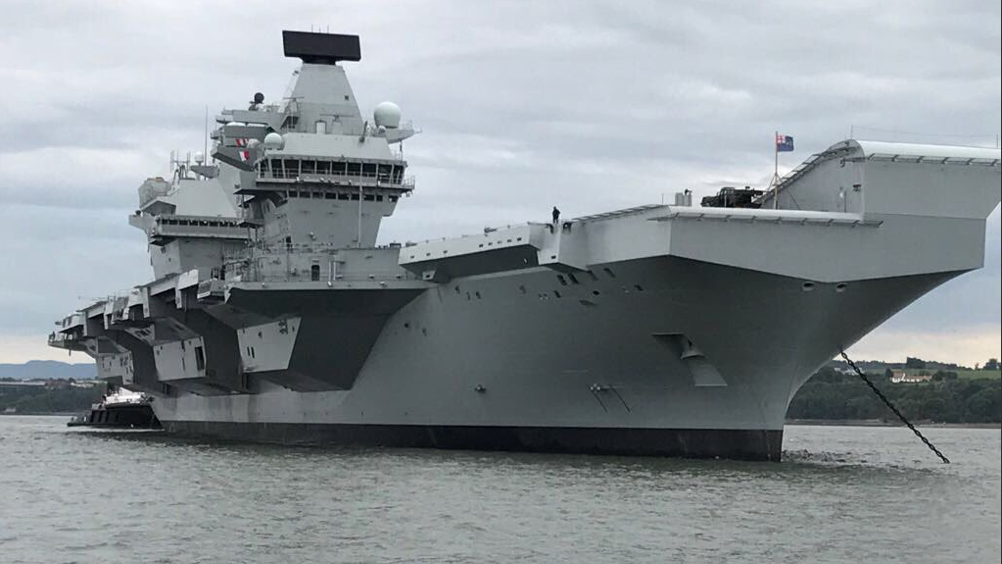National Shipbuilding Strategy calls for Type 31e frigates
Defence Secretary Sir Michael Fallon has unveiled a new National Shipbuilding Strategy which includes plans for the first batch of Type 31e frigates for the Royal Navy.

Today’s announcement is part of a new National Shipbuilding Strategy which meets the challenge set by Sir John Parker in 2016 whose independent report into British naval shipbuilding proposed far-reaching recommendations to transform the UK maritime industry.
Today’s Strategy sees the government accept Sir John’s recommendations. Building on the government’s industrial strategy, it outlines an ambition to transform the procurement of naval ships, make the UK’s maritime industry more competitive, grow the Royal Navy fleet by the 2030s, export British ships overseas, and boost innovation, skills, jobs, and productivity across the UK.
It also announces the government’s plan to procure new Type 31e General Purpose Frigates, with a price cap set at no more than £250m each for the first batch of five vessels that will be built in the UK.
Set to enter service by 2023, the frigates could be built in a way which could see them shared between yards and assembled at a central hub.
Register now to continue reading
Thanks for visiting The Engineer. You’ve now reached your monthly limit of news stories. Register for free to unlock unlimited access to all of our news coverage, as well as premium content including opinion, in-depth features and special reports.
Benefits of registering
-
In-depth insights and coverage of key emerging trends
-
Unrestricted access to special reports throughout the year
-
Daily technology news delivered straight to your inbox










Water Sector Talent Exodus Could Cripple The Sector
Maybe if things are essential for the running of a country and we want to pay a fair price we should be running these utilities on a not for profit...